How to grow Cirsium
There are up to 200 species of this daisy family member – some biennial, others perennial. They are grown for their purple, red, or pink flowerheads held on strong, tall stems, and valued for their fuss-free, easy-going nature.
Cirsium is also known by the common names of ornamental thistle and plume thistle.
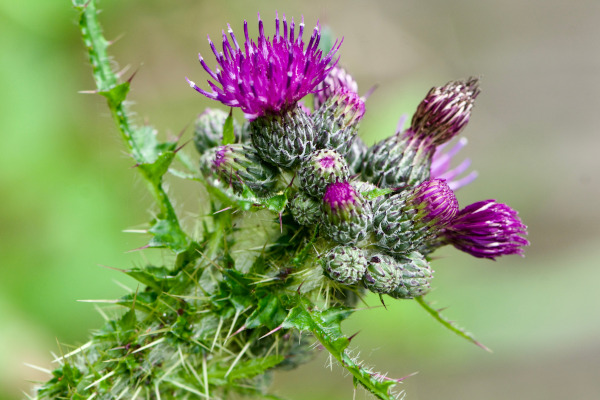
Key Information
Position
Soil Conditions
Hardiness


Where & when to plant Cirsium
For best results, plant in autumn or spring. An autumn planting can be done by those gardening in mild conditions (and broadly speaking, this is the southern half of the UK). For those liable to cold winters, it is best to wait until spring (generally the northern half of the UK). Planting can also be carried out in summer, though be prepared to water regularly.
Cirsium is a useful plant for the back of the border, or can be used in a damp meadow or wild garden. It can also be grown in a container, though will need regular watering.
How to plant Cirsium
In the ground
- Clear the chosen area of weeds.
- Dig a planting hole several times larger than the root ball. Now is the time to give your soil a boost by adding well-rotted organic matter to the planting hole and mixing thoroughly. If your soil is heavy clay, also apply a generous amount of horticultural grit.
- Place the plant in the hole, ensuring the top of the root ball sits level with the surface of the soil. Too low and the plant may rot, too high and the roots can dry out.
- Backfill with soil and firm in gently.
- Soak well with water.
- Mulch around the base with well-rotted organic matter.
In a container
- Choose an appropriate container, ensuring there are plenty of drainage holes.
- It can be worth potting up large containers in situ to save yourself the trouble of moving once full.
- Use a good quality potting compost with plenty of horticultural grit mixed in, and, if not already present in the compost (check the description on the bag) some slow-release plant food.
- Start by partially filling the pot with compost; enough so that when placed on it the upper surface of the root ball is about 3cm lower than the top of the pot.
- Infill all the space surrounding the root ball with compost, firming down with your fingers then adding a little more so the plant is held tight.
- Pick up the pot (if you can!) and lightly tap on the potting bench or ground a few times to help further settle the compost around the plant.
- Soak well with water.
- A mulch with horticultural grit will look attractive and help to prevent a ‘cap’ or crust forming on the top of the compost (something container plants can suffer due to the artificial nature of their watering).
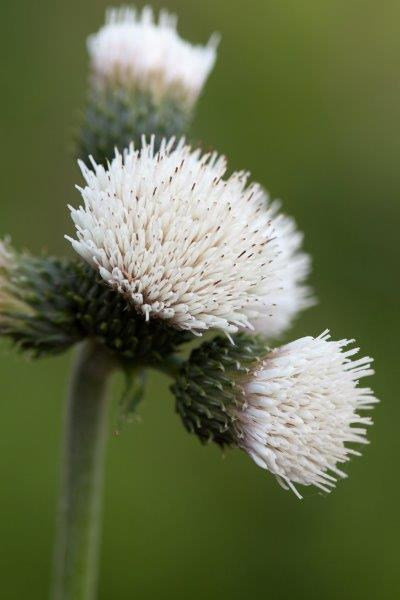
What to plant with Cirsium
This statuesque plant goes well with other tall, naturalistic perennials. Think Verbena bonariensis, verbascum, thalictrum, digitalis, and anthriscus, with grasses such as miscanthus and panicum.
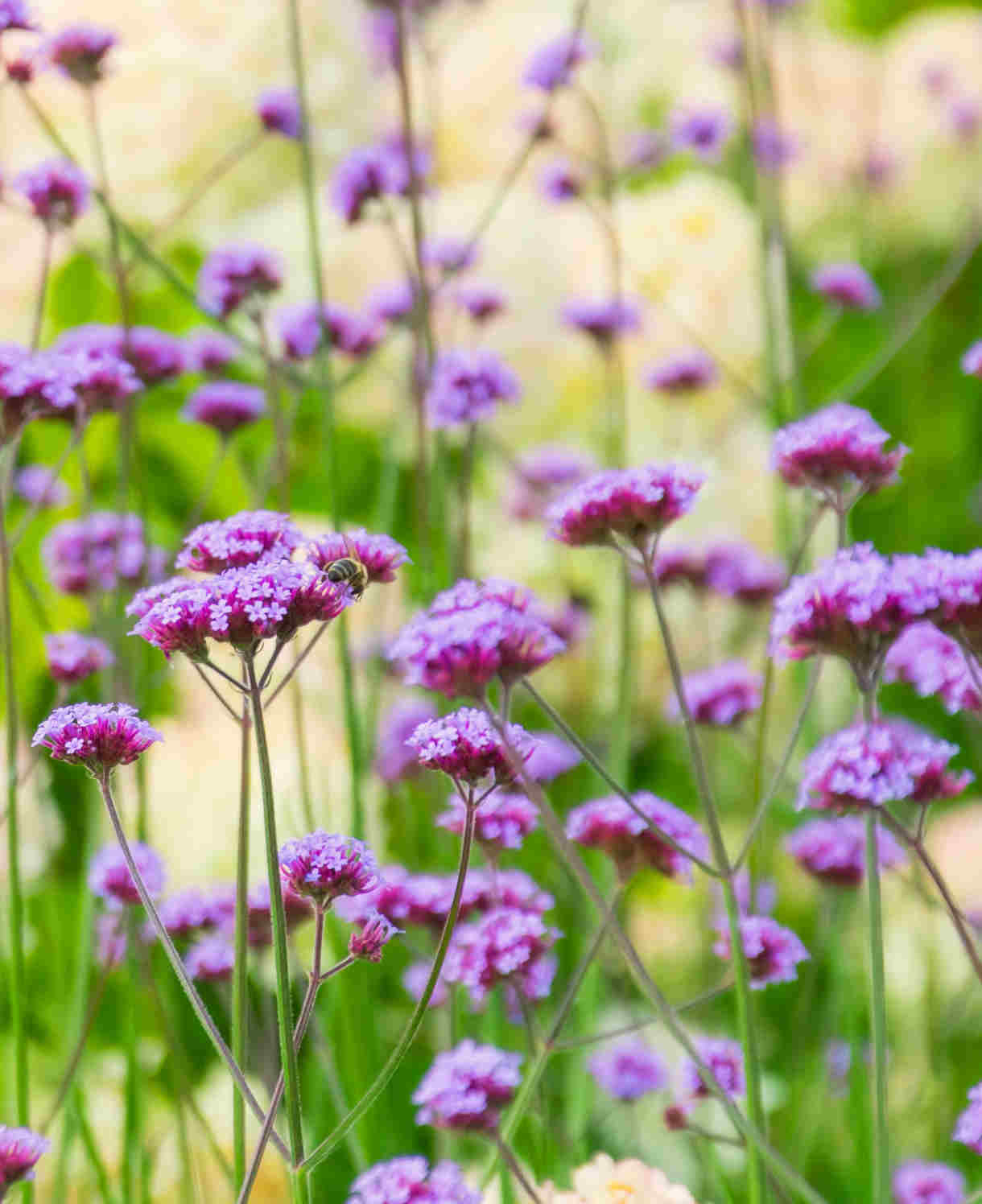
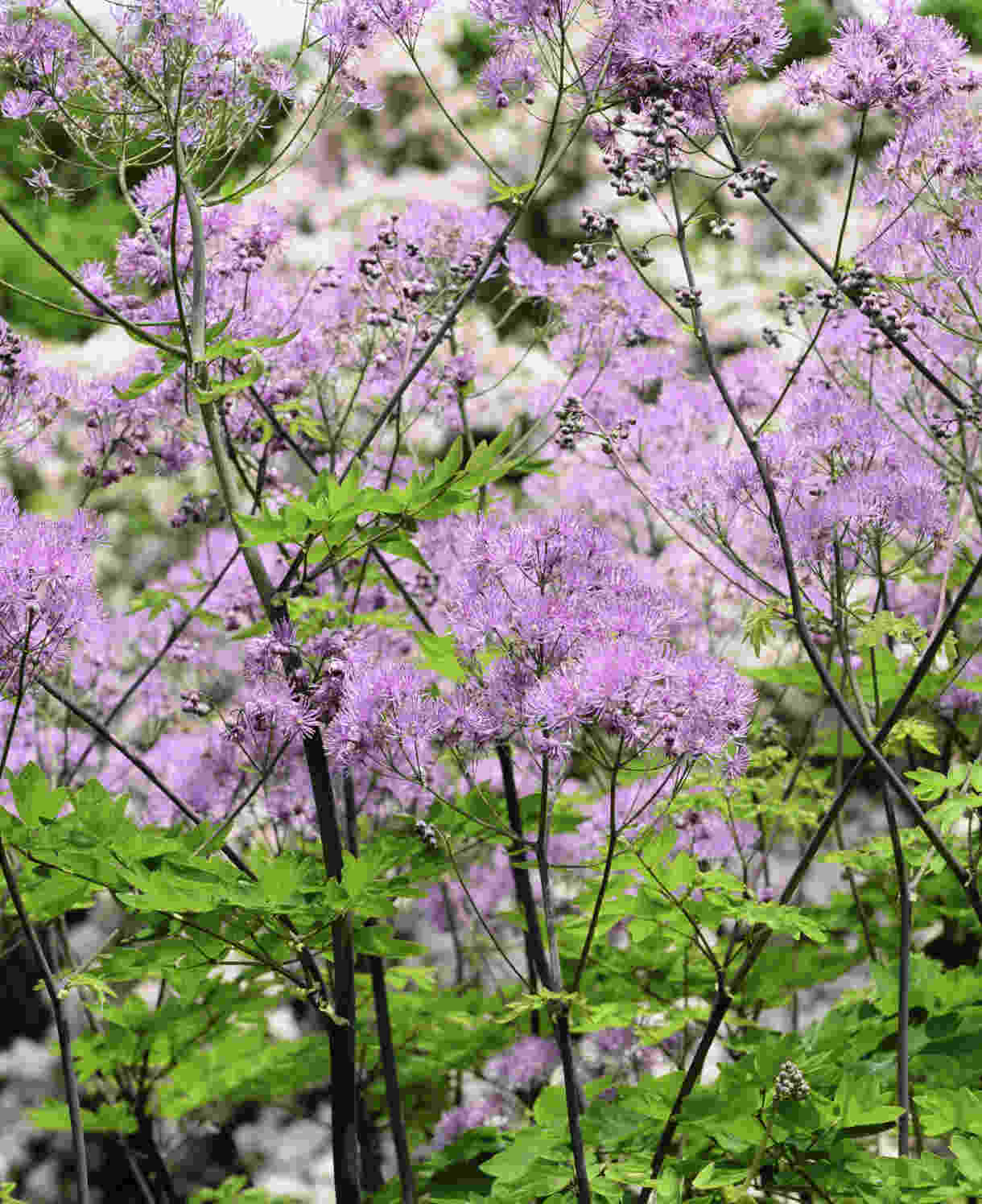
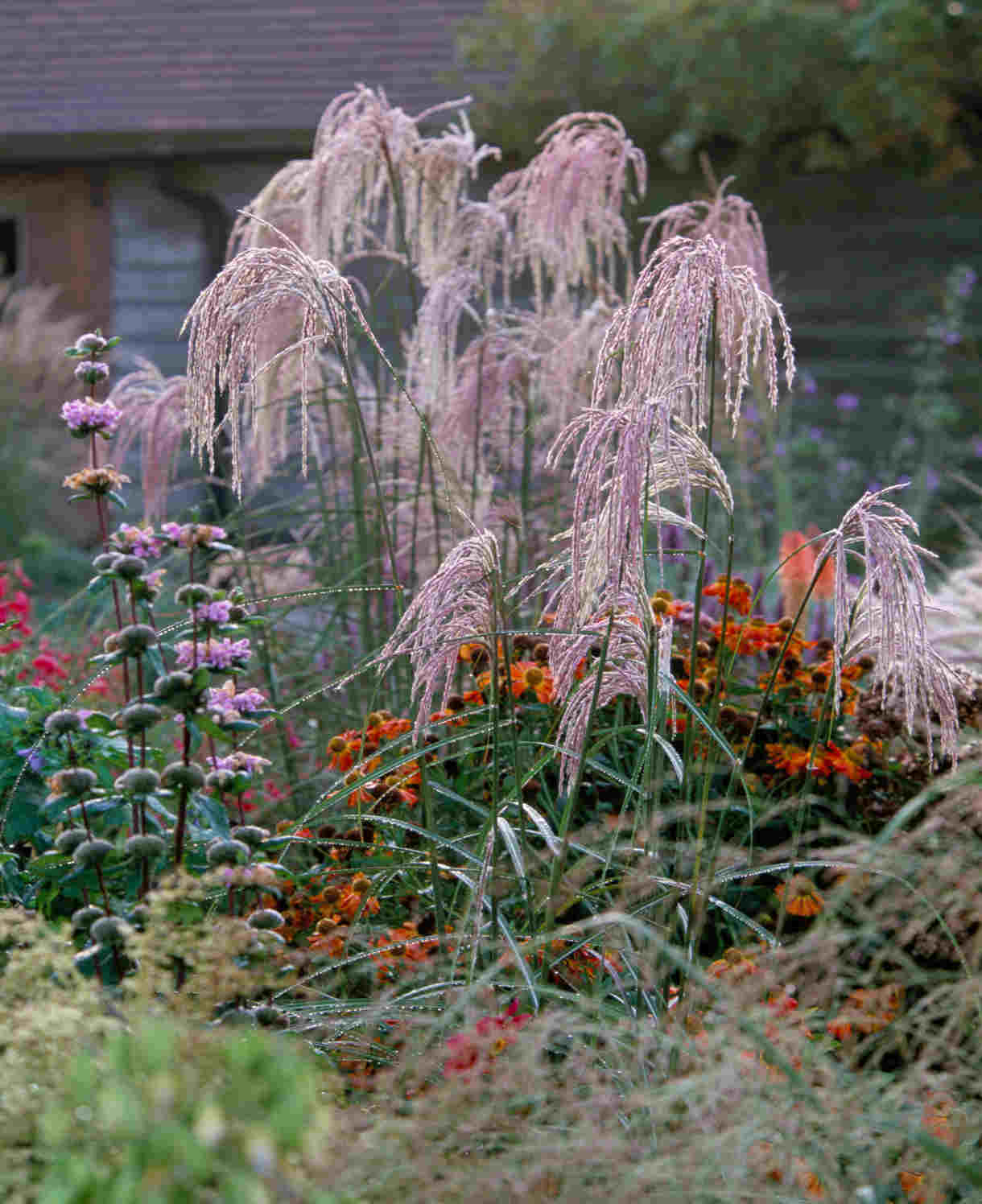
How to care for Cirsium
Pruning and Deadheading
Cut back after flowering if you wish to prevent self-seeding. Alternatively, leave as a winter source of food for birds, cutting back before growth starts in early spring.
Watering
Water until established (this usually means for the first growing season), and then in very dry spells thereafter.
Container-grown cirsium should be watered regularly throughout the growing season. Allow the top few centimetres of compost to dry out between soakings.
Cold Protection
The cirsium offered by Hayloft are all as hardy as it gets, able to withstand temperatures of -20°C and beyond. They are therefore able to overwinter easily in the UK without the need for additional protection.
Pests and Diseases
Cirsium tends to be problem-free aside from the potential for powdery mildew (a fungal disease) on leaves. This appears as a white, powder-like coating on foliage, and can be caused by poor air flow, drought stress, or insufficient sunlight.
Prune off and dispose of any affected leaves, keep plants well-watered (avoiding water on the foliage if possible), and if necessary, thin out surrounding plants to improve airflow. Do not over fertilise, as this will generate an excess of soft, new growth which is particularly susceptible.
How to propagate Cirsium
Cirsium can be propagated by the division of established clumps in spring or autumn (every three or so years). As well as providing new plants, this also maintains the health and vigour of existing clumps.
- Choose a day when the soil is not frozen or waterlogged.
- Dig the plant out of the ground.
- Shake off any excess soil.
- Separate the plant into sections using either swift, cutting blows with a sharp spade, or two forks inserted back-to-back with tines touching, handles then pushed together to prise the plant apart.
- Discard old, damaged, or surplus pieces, keeping healthy, vigorous material.
- Replant selected pieces where desired.
- Water well until fully established.
Common Cirsium questions
- Does cirsium self-seed?
It does. This can be useful in creating a naturalised drift, or easily prevented by deadheading spent flowerheads before they have a chance to set seed. - Is cirsium poisonous?
Cirsium has no reported toxic effects and in fact has a history of being used as a medicinal remedy (against swollen veins), and, in some countries, as a source of food. - Does cirsium require staking?
Cirsium has very strong, upright stems and tends to hold itself up easily, even in a container. It is therefore unlikely to need any additional support.




